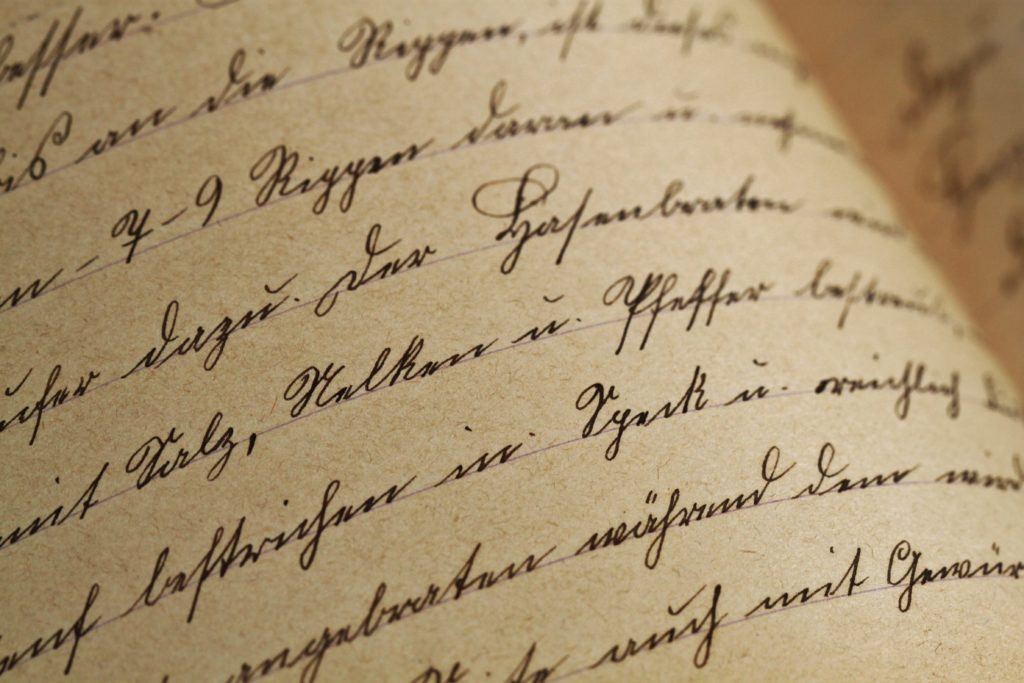Public relations is a great opportunity for sharing good news stories, business developments and even curb the tide in times of crisis.
As a PR agency, our experienced PR specialists know a thing or two about writing good press releases. Essentially, a press release is a statement delivered to the media which conveys information or makes an announcement in an objective, newsworthy way. The aim is to get coverage in target publications and get noticed by your audience. Whether it’s job is to announce a festival lineup or the latest company hire, there are plenty of things that can boost your reputation and highlight your great work.
If you have something to shout about, this is one of the most effective ways to do it! Press releases or statements give your company a voice, and provides information straight from the source. Of course, journalists may make tweaks to your release as they see fit – it’s their job to question things and find an angle, after all! But your press release should form the foundation of a story, providing quotes and the all important ‘who, what, why, where and when?’ for the reporter.
The ideal scenario is that a key publication for your target audience runs your release word for word, but for that to happen you need to give them a pretty good press release – and here’s how…
Have a story to tell
If you run a business, it isn’t always easy to recognise what is newsworthy and what isn’t. You live and breathe your work and company everyday, so you might not realise that something you or your team has done or is doing – building a new office, taking on a well known client or delivering an award winning project – is worth shouting about… but it often is!
A simple way to work out what you can make some noise about is by seeing what your competitors are doing. Perhaps they are regularly covered in your local newspapers or can be heard discussing their industry on the radio, and if they’re doing it, you certainly should be.
Once you’ve pinpointed what it is you want to say, the rest is easy. Just don’t be too salesy, because a journalist isn’t likely to run the story if it’s a sales pitch in disguise.
If that’s the kind of story you want to put out, consider advertising options with key media – these packages come at a price, but often include space for an advert and some advertorial; copy which is paid for and can err on the side of ‘we’re really great!’ because you’ve paid for it. But first, get that all important press release right and the rest will follow – it really is the cornerstone of effective PR.

Get the basics right
Not everybody has formal training in journalism or PR, so writing a whole press release can seem daunting. Even if your first attempt is only half a page long, as long as you’ve got the basics right, you’ve made a great start.
So once you know what it is that you want to focus on in your press release, what are those basics? Anyone with a journalism degree or experience on a news desk or in PR will tell you that a press release should tell the reader the who, what, why, where and when? Also known as the 5Ws. If you cover these points, great! You need an angle too. Sometimes this is simply the fact that you’ve done a thing, but maybe it’s the biggest and best thing your company has done! Or it’s really groundbreaking for your industry or the community you’re in.
When you’re feeling braver, you can start going into a greater level of detail.
The inverted pyramid is the preferred method by journalists and PR folk when it comes to writing a release or story. The story should include all the most important facts at the top, and the useful but non essential information as it ends, like the narrowing of an inverted pyramid!
Get the most important details in the first and second paragraph. If you get that right, even if the rest of the press release was ignored or not included in the published story, your audience would still get a good understanding of what your news is about.
Pop a quote in around the third paragraph (we’ll talk more about quotes later on in this post) to give some additional content from a key spokesperson and then give some more general information about your company towards the end of the release. After this, you should put in a ‘Notes to Editors’ which should go at the end of every press release you share. This should include a boilerplate about your company – when it was founded, what you specialise in, where your offices are, etc – plus contact information. We’ve covered this in more detail below, too.
Of course, you should also make sure your spelling and grammar is accurate and your release is free of mistakes. Have someone else in your business give it a read over – it can be difficult to spot your own errors!
Be consistent in style
A press release is a formal statement, but that doesn’t mean it should be hard to understand and full of jargon. Especially if your work is complex! The best approach to to write your release as you would speak about the subject – simple, easy to understand and informative. If you could speak to your friends about the subject over dinner then you’re probably along the right lines.
Unless you’re sending your release to an industry publication which will be read by your peers and fellow experts, it should be tailored to the layperson in the street. If you’re worried that you’re over complicating things, share the work and ask for other people in your business to read through your release and offer tips.
This is a key part of the process, as often it’s easy to overlook our own mistakes so having a second, third or even fourth pair of eyes reading your copy will help avoid sending a release to journalists that is littered with errors!
Include a quote
After a few paragraphs, it’s a good idea to include a quote from yourself – if you’re the founder of the business and have the authority to do so – or the person who is most knowledgeable about the news you’re sharing.
This can be a great way to speak more freely and informally about the news. Here’s an example:
Rob Tomkinson, founder of Carrington, said: “It’s been an incredible journey for Carrington so far, and it’s great to be rounding off our third year with two new talented marketing professionals. We have lots to celebrate!
“I’m really pleased Harriet and Leah have decided to join our growing team. Leah is a graduate with a first-class degree in English and Journalism and Harriet comes with years of SEO, PPC and social media management know-how. Alongside our existing team, their knowledge and experience will help us grow and develop right across the business.
“It’s an exciting time to be immersed in this industry and we’re seeing a growing demand for effective, creative and measurable campaigns which our team of experts can deliver. We’re confident of another good year to come in 2020.”
Here, Rob has given a much more personal take on Carrington’s recent hires, offering an extra level of detail that wouldn’t be essential in the main body of the release. It gives the reader lots of insight into our new hires and could easily be taken out by the journalist without taking anything from the main story. We like to think it would be kept in though!
‘Notes to Editors’
At the end of all good press releases, there will be a section called ‘Notes to Editors’. Here, you should include a brief description of your company – a boilerplate – and include your name and contact information because if your news is really great, you should expect journalists to follow up with you.
Of course a good release has all the details a journalist could need, but equally it shows that the journalist is interested in your story or company and could lead to further coverage down the line.
You might have your local news or radio station call up asking for a live interview on a subject, or want to visit a project or new site to do some filming. One press release can open a multitude of doors!
The Notes to Editors isn’t for publishing and the journalist will know that, but it gives them some insight into who you are, especially if this is the first time you’ve sent them a press release.
After all of that hard work, you should have yourself an informative press release that delivers a clear message to the public. To give your story the best chance of getting coverage, make sure you’re planning to share your release with the relevant journalists.
It’s a good idea to adapt your press release for your company blog too, which you can then share on social media. Don’t be afraid to share posts from media that have covered your story too!
If you’re still finding it difficult to put a stellar statement together, it’s worth speaking to the experts. Our PR team has years of expertise and plenty of coverage under their belts, so speak to us if you want your company news to reach the right people.

Our top tips
- Always BCC journalists into a mass email! For GDPR reasons and because it’s polite, you should always send the email to yourself and blind copy in all your other contacts. Imagine if you were sent a mass email and you could see everyone’s email addresses and they could see yours! It’s a professional courtesy to ensure their details are hidden
- Ensure your email is clear – start with a simple ‘hello’ and give a brief outline of your news. You should copy the press release into the body of the email so everyone can access it easily, too
- Attach a quality image – this can make all the difference!
- Send your release at a sensible time – 5am on a Sunday is no use to anyone, so we suggest a Tuesday morning around 8am or early afternoon
- Don’t be afraid to follow up with key publications that don’t run your story
- Look out for coverage of your news using a media monitoring tool such as Cision, or even Ahrefs. Doing a quick Google search a few days after you share your release should also yield results.
For more information and tips about press releases, PR strategy, or anything digital marketing, get in touch with the Carrington Team today.



